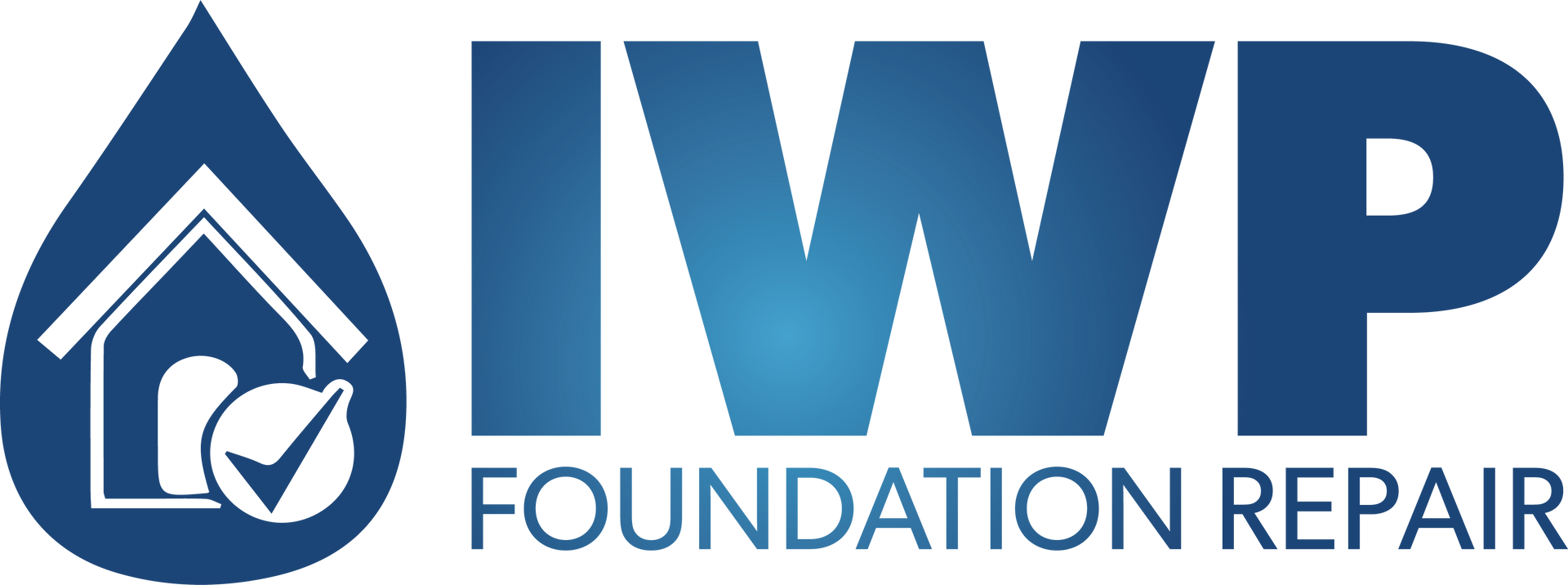Waterproofing FAQs
Waterproofing Your Home: Answering Common Homeowner Questions
Waterproofing is an essential aspect of home maintenance, safeguarding your property against the damaging effects of moisture infiltration. Whether you're concerned about a leaky basement, damp crawlspace, or general moisture control, this post will address frequently asked questions (FAQs) that homeowners often have about waterproofing.
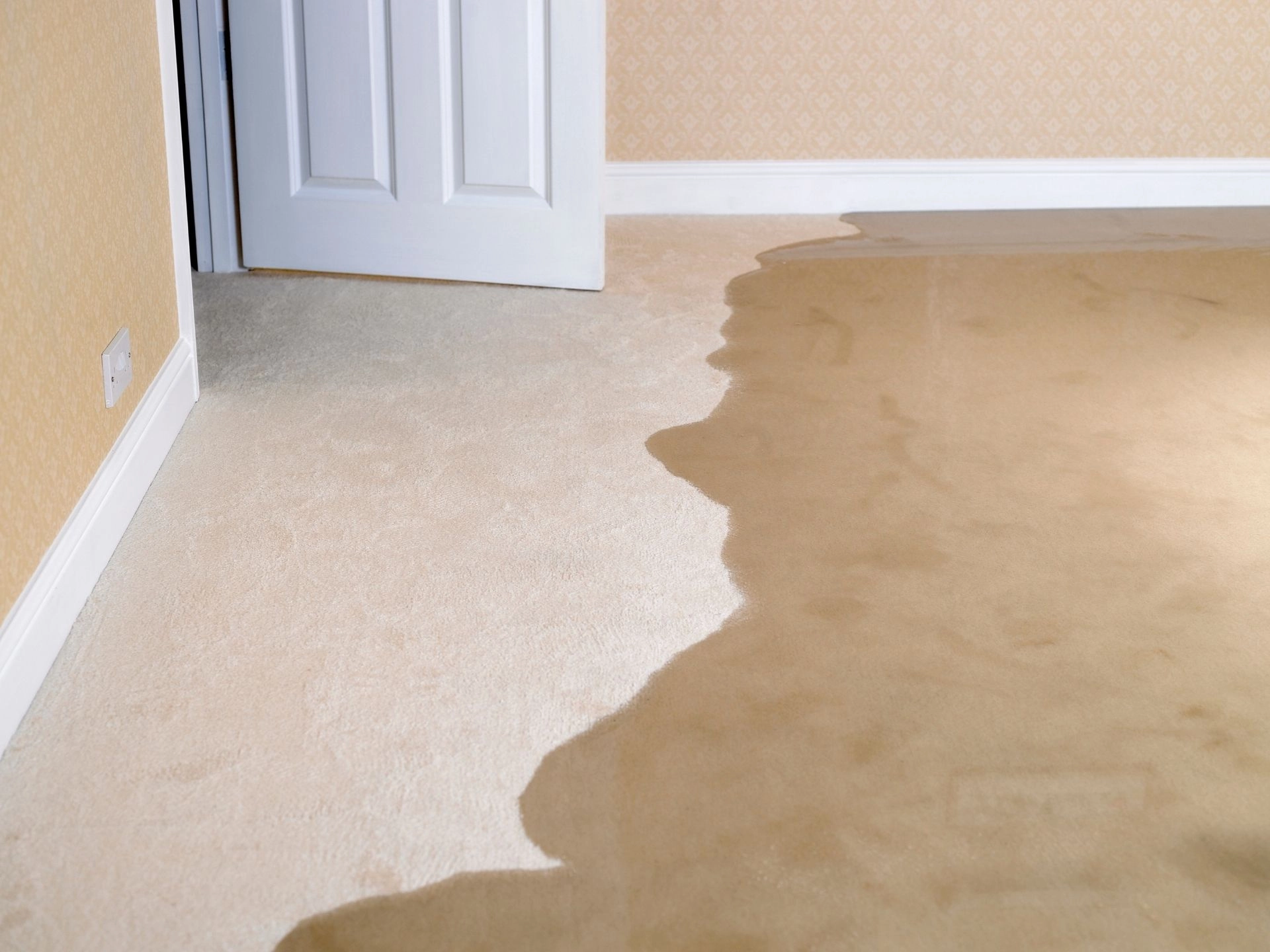
FAQ #1: Why is Waterproofing Important for Homes?
Waterproofing is crucial for several reasons:
- Prevents Structural Damage: Water can weaken and deteriorate building materials, leading to structural issues.
- Mold and Mildew Prevention: A dry environment discourages mold and mildew growth, ensuring a healthier living space.
- Enhances Home Value: A waterproofed home is more attractive to buyers and retains its value.
FAQ #2: What Are the Common Signs of Waterproofing Problems?
Recognizing the signs of waterproofing issues is vital to prevent further damage. Look for:
- Dampness or Puddles: Water accumulation in basements, crawlspaces, or on walls.
- Musty Odor: Persistent, musty smells can indicate moisture problems.
- Mold and Mildew: The presence of these fungi indicates moisture infiltration.
FAQ #3: Can I Waterproof My Home Myself?
Some minor waterproofing tasks, such as sealing small cracks, can be done by homeowners. However, comprehensive waterproofing, especially for significant issues or large areas, is best left to professionals. They have the expertise, equipment, and knowledge to ensure a long-lasting, effective solution.
FAQ #4: What Are the Different Methods of Waterproofing?
Waterproofing methods vary depending on the area and the problem. Common techniques include:
- Exterior Waterproofing: This involves excavating around the foundation and applying waterproof coatings.
- Interior Waterproofing: Installing interior drainage systems and sump pumps to manage water.
- Crawlspace Encapsulation: Sealing and encapsulating crawlspaces to prevent moisture infiltration.
- Basement Wall Coatings: Applying waterproof coatings or membranes to basement walls.
FAQ #5: How Do I Choose a Reputable Waterproofing Contractor
Selecting the right contractor is essential for effective waterproofing. Here are the steps to help you choose:
- Check Credentials: Ensure the contractor is licensed, bonded, and insured.
- Ask for Referrals: Seek recommendations from friends, family, or browse online reviews.
- Get Multiple Quotes: Obtain estimates from at least three contractors for comparison.
- Warranty: Inquire about the warranty offered for their waterproofing work.
- Experience Matters: Choose a contractor with a proven track record in waterproofing.
FAQ #6: Is Basement Waterproofing the Same as Crawlspace Waterproofing?
While both involve moisture control, basement and crawlspace waterproofing are different. Basements are typically more exposed to moisture due to their underground nature, so waterproofing methods may differ slightly. A professional will assess your specific needs and apply the appropriate waterproofing techniques.
FAQ #7: What's the Cost of Waterproofing a Home?
The cost of waterproofing varies based on factors such as the scope of work, the severity of the issue, and your location. Basic waterproofing measures, such as sealing cracks, can cost a few hundred dollars, while extensive exterior waterproofing or crawlspace encapsulation can cost several thousand. It's essential to get multiple quotes and have a clear understanding of the work involved.
Waterproofing is an essential aspect of maintaining a dry, healthier home. By understanding the signs of moisture problems, taking preventative measures, and consulting reputable professionals, homeowners can effectively address waterproofing concerns and ensure the longevity of their homes while creating a healthier living environment.
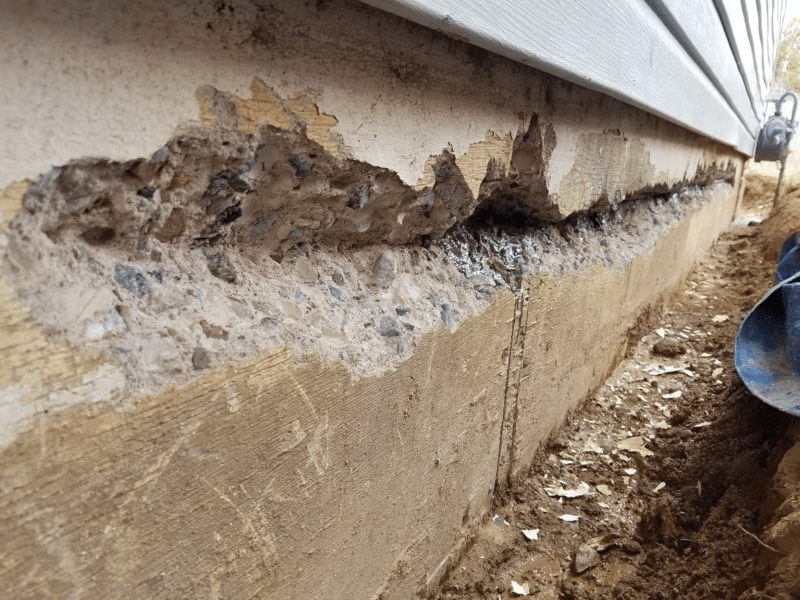
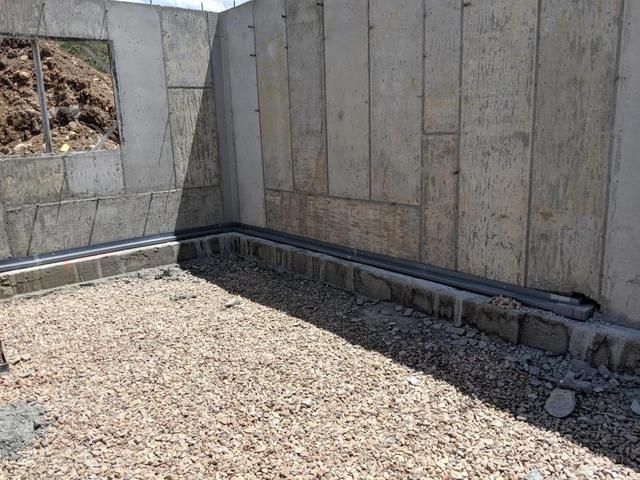


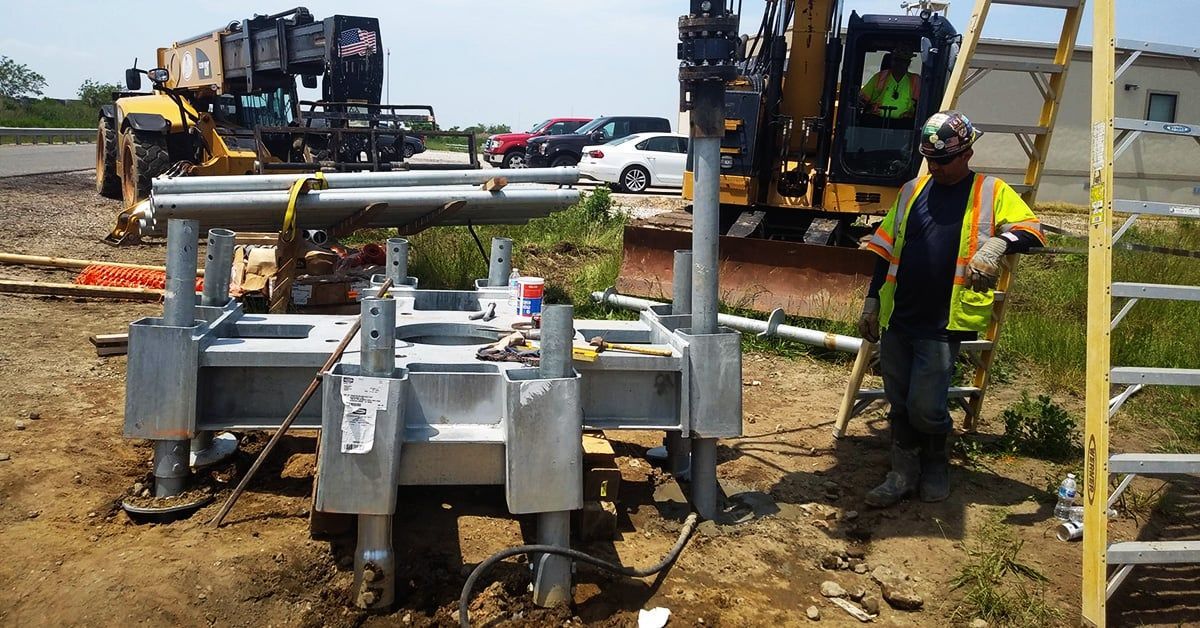





HAVE PEACE OF MIND WITH IWP FOUNDATION REPAIR
With over 30 years of combined experience in the business, you know that you can trust our team to get the job done right the first time. We value the customer experience, which is why we take the time to listen to your concerns, answer all your questions, and explain the best plan of action for your home. If you’ve noticed any foundation issues at all, no matter how minor they seem, you should call a professional. Our expert team is waiting for you, so call today for a free evaluation!
